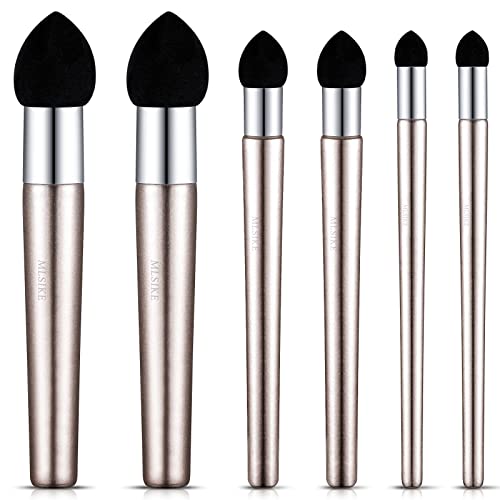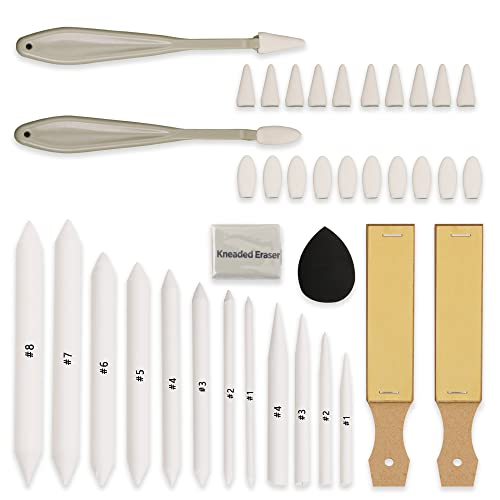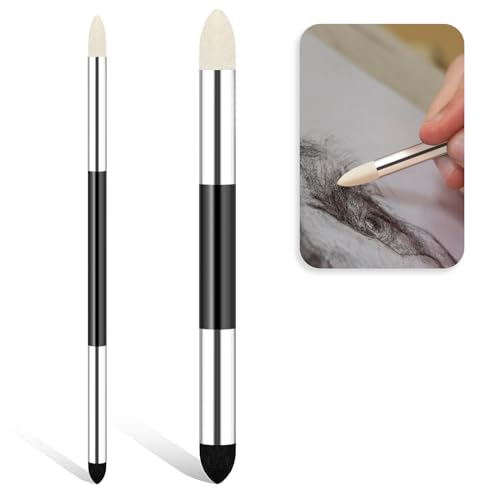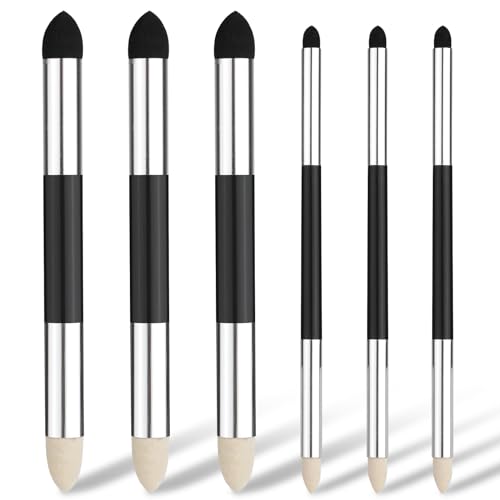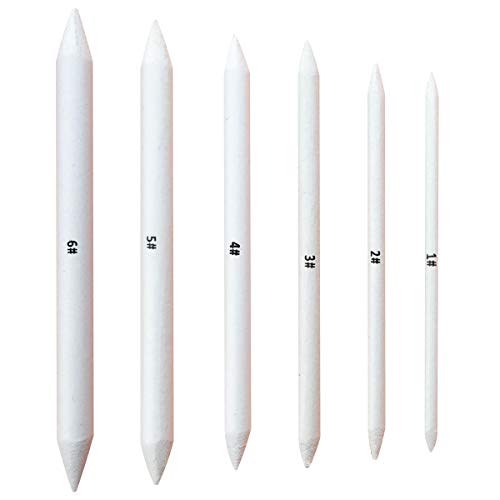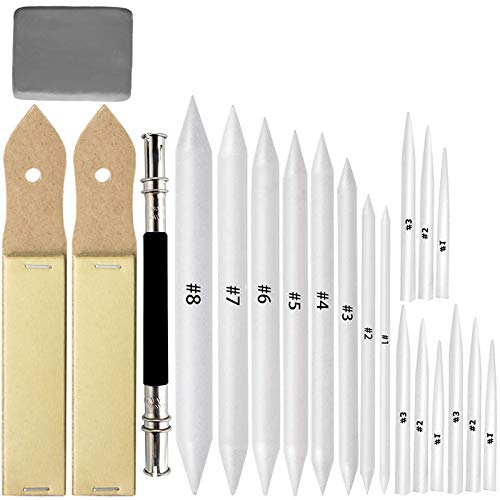Blending tools are essential instruments in the artist's toolkit, facilitating the creation of smooth transitions, intricate textures, and stunning effects in various artistic mediums. These tools come in various forms, each offering unique capabilities and creative opportunities. In this article, we'll explore the world of blending tools for art, their history, types, techniques, and the captivating artistic potential they unlock.
A Historical Perspective
The art of blending has a rich history that spans centuries and encompasses a wide range of mediums, from pencil and charcoal to pastels, acrylics, and oil paints. In the past, artists relied on their fingers, pieces of cloth, or even their breath to blend and smudge colors. However, as art evolved, so did the tools and techniques for blending, leading to the development of specialized blending tools.
Types of Blending Tools
Blending tools come in various types, each designed for specific purposes and mediums:
Blending Stumps: Blending stumps, also known as tortillons, are cylindrical tools made of tightly rolled paper. They are widely used for blending charcoal, graphite, and pastel marks. Blending stumps offer precision and control, making them ideal for detailed work and creating smooth gradients.
Tortillons: Tortillons are similar to blending stumps but are typically smaller and thinner. They are excellent for fine detail work and intricate blending, especially in small areas.
Brushes: Artists often use soft-bristle brushes, such as fan brushes or round brushes, to blend various mediums like colored pencils, pastels, and oil paints. Brushes allow for subtle transitions and are useful for blending and softening edges.
Fingers and Hands: While not technically tools, fingers and hands remain some of the most versatile blending tools for artists. They provide an immediate connection to the artwork and are particularly effective for blending certain mediums like graphite, charcoal, and soft pastels.
Blending Sponges: Blending sponges, made of foam or other porous materials, are excellent for creating smooth, even washes and gradients in watercolor and acrylic painting. They are also used for blending and softening edges in various mediums.
Blending Techniques and Creative Possibilities
Blending tools enable artists to achieve a wide range of techniques and creative effects:
Smudging and Softening: Blending tools are commonly used to smudge and soften lines, creating atmospheric effects, shadows, and gradients. This technique is particularly effective in charcoal and graphite drawings.
Gradual Blending: Blending tools allow artists to gradually blend colors or tones, creating seamless transitions from one shade to another. This technique is essential for achieving realistic skin tones in portrait painting.
Texture Creation: Blending tools can be used to create unique textures and effects by manipulating the surface of the medium. This includes techniques like stippling, sgraffito, or scumbling in pastel and colored pencil work.
Layering and Depth: Blending tools help artists layer colors and tones, enhancing the depth and vibrancy of their artwork. By blending layers of colors, artists can create rich, multi-dimensional surfaces.
Corrections and Refinements: Blending tools can also be employed to correct mistakes or refine details in a piece, providing versatility and flexibility in the artistic process.
Blending tools are indispensable allies for artists, offering the means to bridge the gap between individual strokes and create harmonious, visually striking compositions. Whether you're working with pencils, pastels, or paints, blending tools open up a world of creative possibilities, enabling you to explore textures, create smooth transitions, and evoke emotion through your art. The history, variety, and techniques associated with blending tools underscore their essential role in the artistic journey. The next time you pick up a blending stump, tortillon, or blending brush, remember that you hold in your hand not just a tool, but a key to unlocking the magic of seamless blending, textures, and the endless potential for creative expression in your artwork. Blending tools, in their quiet way, empower artists to bring their visions to life, one stroke at a time.
